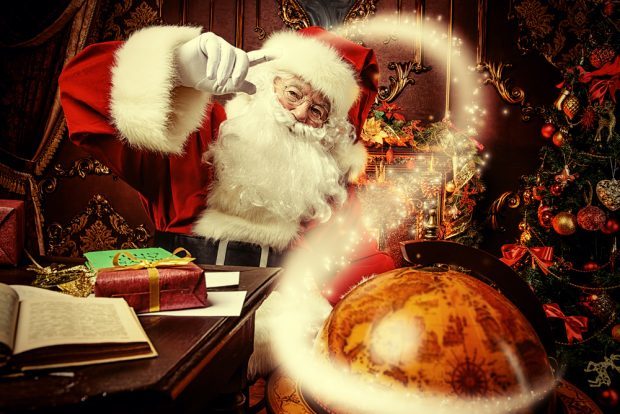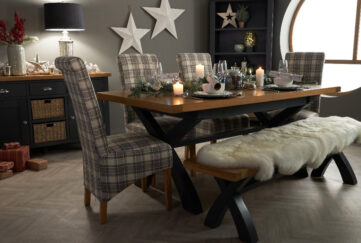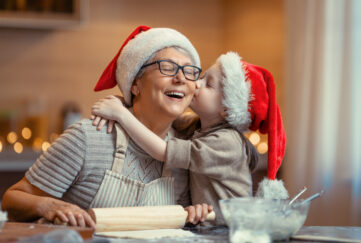Why do we eat Christmas Dinner?

Have you ever wondered why we eat what we eat for Christmas dinner?
Among all of the merriment and merry making, have you ever wondered why we celebrate Christmas and why we have the traditions we do?
Well we thought it was a good idea to put together a little list, detailing why we have some of these traditions, so you wonder no more!
Why on December 25th?
This one is easy peasy, December 25th is the birth day of Jesus! Even if you’re not religious, you’re still likely to accept that this is the reason we celebrate Christmas Day.
A little delving tells us that this time of year was also a time of Pagan winter solstice celebrations, and celebrations in the Jewish Calendar. So everyone was in a celebratory mood, and it was a time of lots of merriment, eating and drinking!
The earliest recorded celebration on Christmas day was in 336ad, declared by the Roman emperor Constantine. A few years later, it was made official by Pope Julius 1, who made it an official holy day aka holi-day, celebration day.
Why do we eat turkey?
According to the people in the know, Turkey wasn’t added to Christmas tables until the 1950s! Previously, people ate roasted gooses, pheasants and even swans!
The thought is that turkey became popular in the 1950s due to refrigerators becoming household items. There’s also the theory that it was more practical for farmers to conserve their chickens and cows for beef and eggs all year round. Turkey’s were a rare bird, and somewhat of a luxury food.
They also had a royal seal of approval. Henry VIII was the first king to have a turkey on his table, and Edward VII made it a trendy centre piece to have. When they became more widely produced, they became much more affordable.
Why Brussels sprouts?
Again, this is an easy one, sprouts are king of the veg at Christmas because they are seasonal! The sprouts are planted in May/June for picking in November, meaning they are perfectly fresh in winter.
The ‘love ’em or hate ’em’ veg, are packed full of Vitamins B and C, and have lashings of folic acid. They make a great accompaniment to combat the richness of the meats.
If you’re not a huge fan of Brussels sprouts, why not try the recipe for raw brussels sprouts in our food and drink section?
Why do we pull crackers?
We have to go back to the 1800s for the origin of the Christmas cracker. In London, Victorian confectioner Tom Smith made sugar almonds in a twisted paper wrapping, which courting couples would exchange as a token of their love. They soon proved so popular that Mr Smith decided to improve them!
Sitting by a fireside one night, he was startled by a cracking coal and, just like that, the bang in the cracker was born! From there on in, all his crackers were fashioned from a cardboard tube, which would give the surprise Bang! along with a love motto and a sugared almond.
His son’s later added the paper hats, in a nod to the twelfth night tradition of a King or Queen overseeing the feast. The cracker grew in popularity, and the love notes soon became limericks or jokes, and the sugared almond a small gift.
Why do we give presents?
Again, this one ties into the birth of Jesus and symbolises the presents the three wise men gave to the new born king!
It would be hard to imagine a Christmas without giving a present, (or five), and this tradition became popular around the middle ages. We have the Dutch to thank for our obsession with Santa Claus, as they brought their traditions to early settlers in America. Previously, we’d given gifts at New Year and just observed the holy day, or holiday, of Christmas.
Perhaps Charles Dickens had a hand to play in this as well, as he shaped our ideas of Christmas in his works. If it were not for Scrooge and his epiphany on Christmas day, would be celebrate so feverishly?
The traditions we have at Christmas are relatively new, for example it was Coca Cola who introduced the red Santa Claus! Previously, Saint Nick, had been dressed in green.




